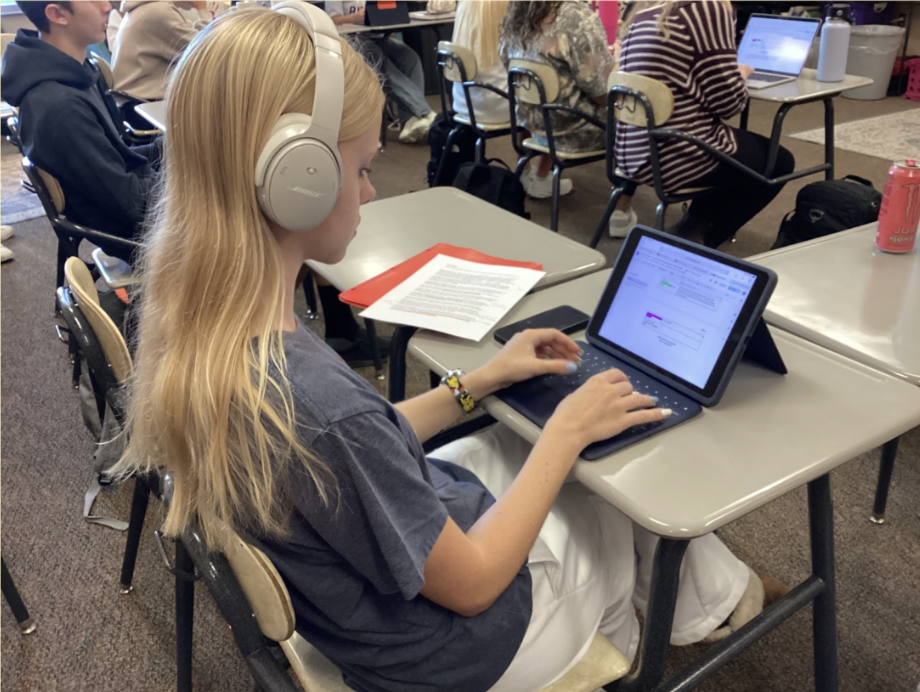Millions of people all over the world have dreams to travel to other countries or regions, but the vast majority of them never achieve these dreams. For most, the first reason for this that comes to mind is financial situation. Money is arguably one of the biggest obstacles for aspiring travelers.
There are a few ways to overcome this, some easier than others. For example, though it is not too hard to cut down on non-essential expenses, it can be incredibly difficult to find another source of income. Searching for a job, writing up an application, and getting an interview take up a lot of time and effort that a busy person most likely doesn’t have. Even after all this, the employer can still decline the applicant. All that time will have been spent in vain.
Instead of having to go through this rigorous process and still being uncertain about acceptance, travelers have a better option: creating their own travel blog. These blogs are a way to earn income with no application or interview required. In addition to this, the traveler will be their own boss. They don’t need to worry about not having sick days or vacation trips. In fact, this option allows the traveler to be paid for vacationing.
First, they should start with the basics. Travelers should find an organization that allows them to purchase a website domain. These basic plans typically cost around $2-$10. Then, the soon-to-be blogger should brainstorm blog titles (which can also be the domain). These titles could be to-the-point or catchy. Most opt for both.
Kiersten Rich is the creator of “The Blonde Abroad” blog, which helps her earn over seven figures annually. Rich suggests the organization Bluehost for purchasing web-design plans. Rich says, “It is a reliable and user-friendly web host with customer service there to help.”
After purchasing a plan, travel bloggers should start thinking about the design and layout of the site. To design the site, they need to find a platform that is preferably inexpensive but efficient. Rich suggests WordPress.org, a platform that allows self-hosting and more flexibility. WordPress.org gives a walkthrough of the designing process, with a relatively self-explanatory layout.
Now that the website is set up and designed, the only thing left to do is to create content. On the WordPress.org dashboard, there will be buttons that give the option to add a new post. It will also let bloggers design each post how they want it.
It is important to keep the main purpose of the blog in mind. Derek Earl Baron, creator of the blog “Wandering Earl,” gives his advice on how to stay focused on this purpose: “…it depends on your own experiences, interests, and knowledge, but focusing on something specific is how you’ll gain a loyal and engaged audience.” This does not mean a blogger shouldn’t branch out and post on something else every now and then, but if they created the website with a certain goal in mind, stick with it. That is what the audience of the blog will be expecting, and it is probably the reason they are coming back to it.
Once the blog has been established, bloggers can track the amount of traffic it gets by connecting with Google Analytics. They can simply create an account and be immediately informed of the amount of people that visit their blog and which parts of it are most often viewed.
Creating a blog can feel like a huge task, but when broken down step by step it seems much more attainable. Remember, to have a successful blog, creators must be passionate about the things they will add to their blog.










